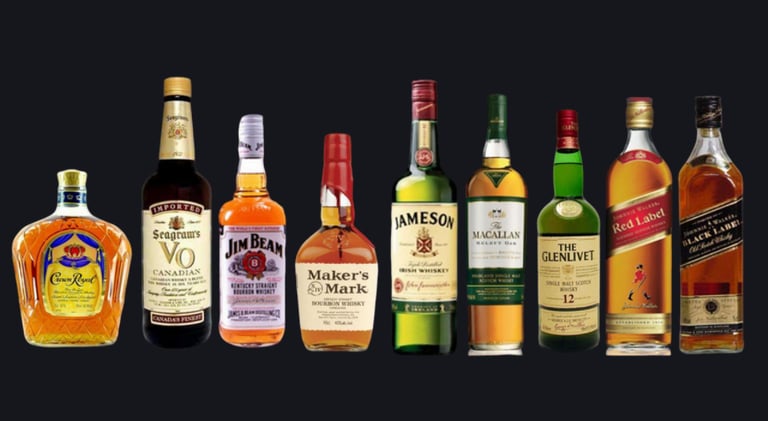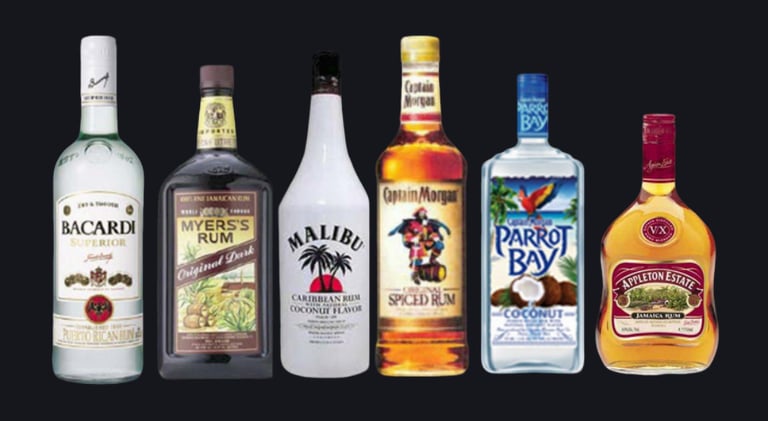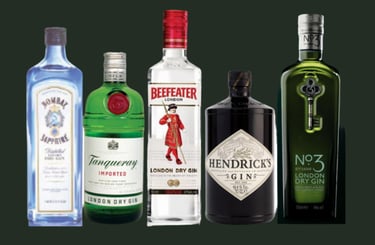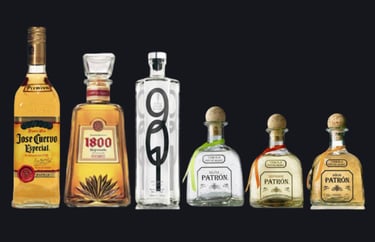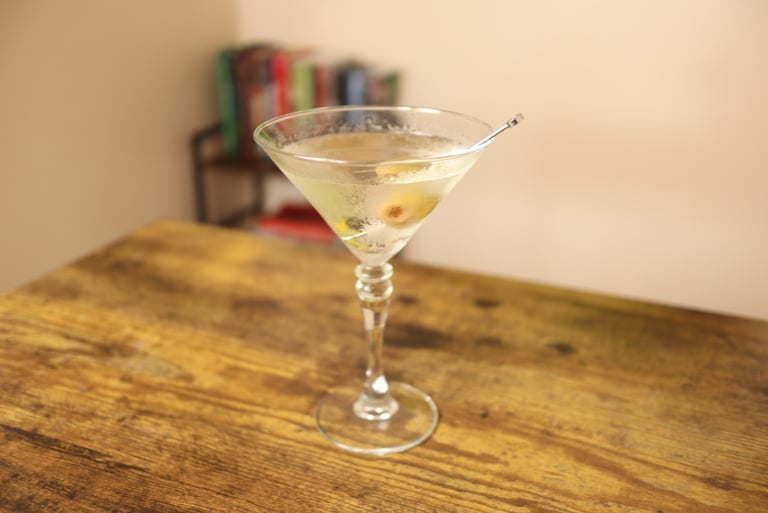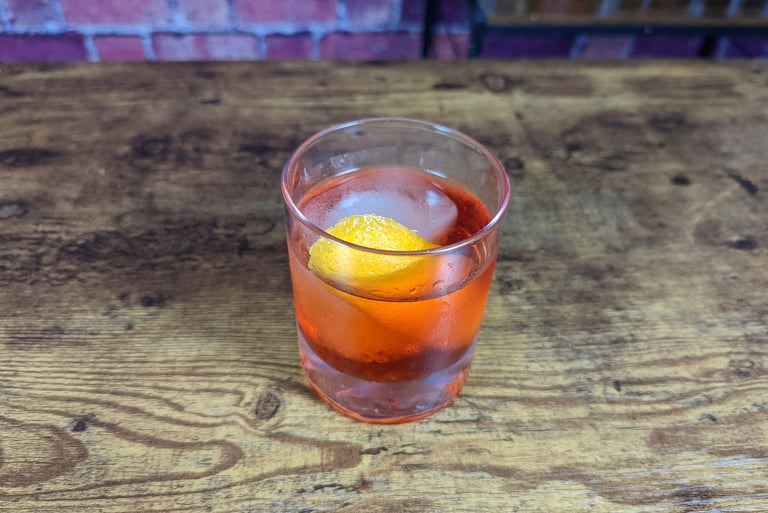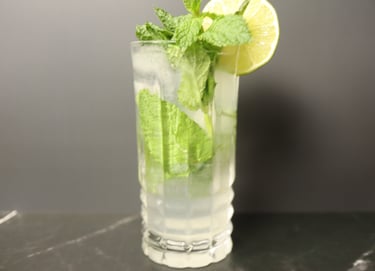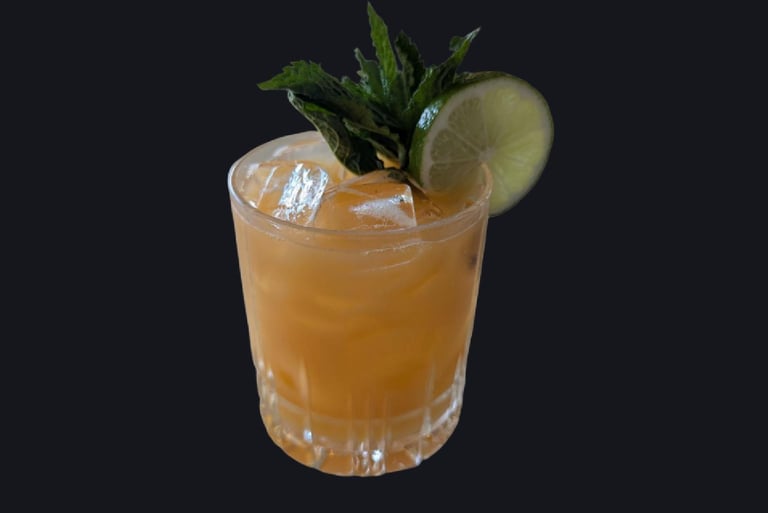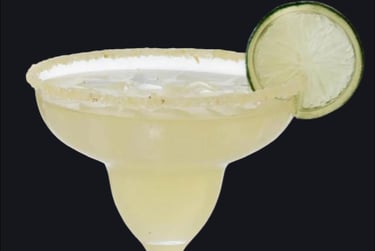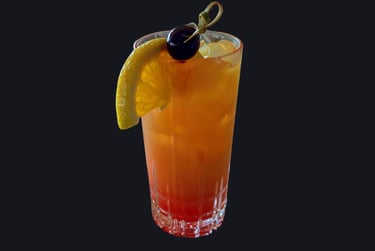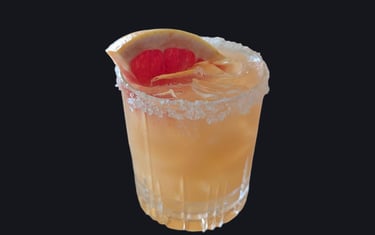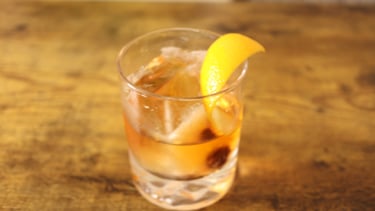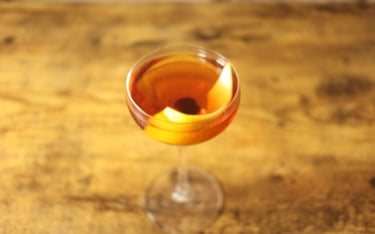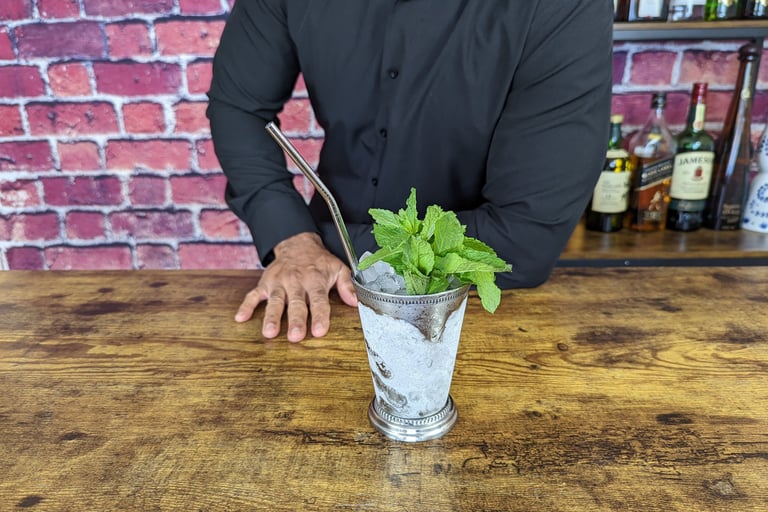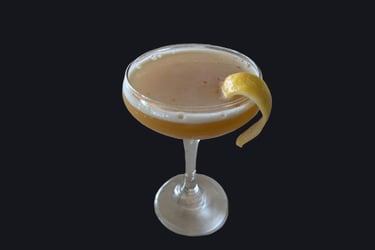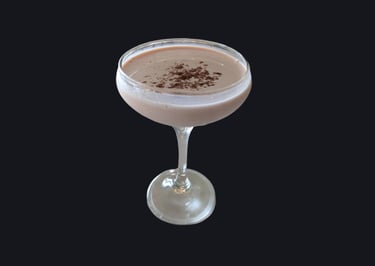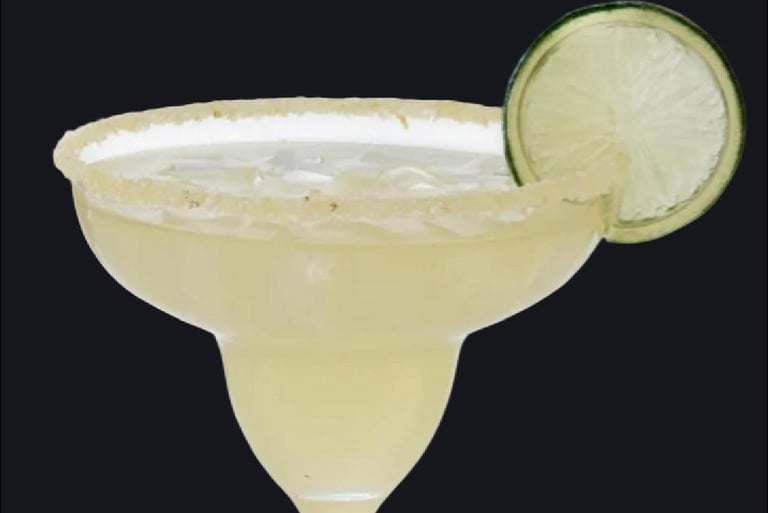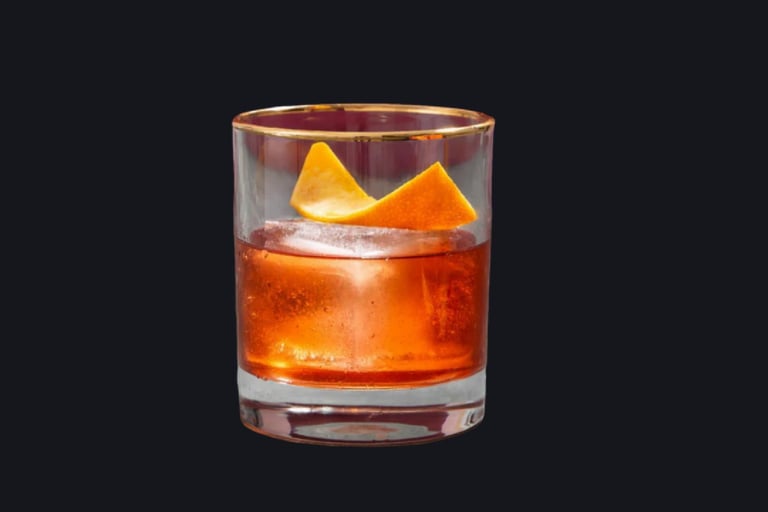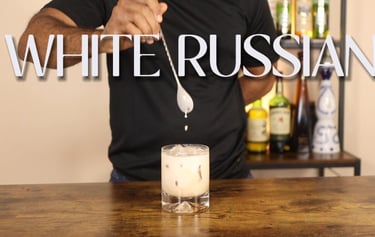Exploring the Essential Spirits and Liqueurs
Today, we’re diving into the essential world of spirits and liqueurs—the foundational elements of cocktail creation. Understanding these diverse and complex ingredients will enhance your ability to craft delicious and balanced cocktails. Let's explore the characteristics, varieties, and popular cocktails for each major spirit category.
Vodka: The Versatile Spirit
Description
Vodka is a clear, colorless spirit typically made from grains such as wheat, rye, or corn, or from potatoes. Its neutral flavor profile is a result of multiple distillations and filtrations, making it an incredibly versatile base for a wide variety of cocktails. The high level of purity and minimal flavor allows vodka to blend seamlessly with other ingredients, letting the other flavors in the cocktail shine.
Varieties
Standard Vodka: These range from budget-friendly options to premium brands that undergo multiple distillations for an exceptionally smooth finish. Premium vodkas often have subtle differences in flavor and mouthfeel due to the quality of the ingredients and the distillation process.
Flavored Vodka: Infused with natural or artificial flavors such as fruits (e.g., lemon, raspberry), herbs (e.g., basil), or spices (e.g., pepper). Flavored vodkas provide an easy way to add complexity to cocktails without additional ingredients.
Popular Cocktails
Martini: A classic cocktail made with vodka and dry vermouth, garnished with an olive or a twist of lemon. The vodka martini is celebrated for its clean, crisp taste.
Moscow Mule: A refreshing drink made with vodka, ginger beer, and lime juice, traditionally served in a copper mug. The spicy ginger beer complements the smoothness of the vodka.
Cosmopolitan: A stylish cocktail featuring vodka, triple sec, cranberry juice, and freshly squeezed lime juice. Known for its vibrant pink color and tangy flavor
Bloody Mary: A savory cocktail made with vodka, tomato juice, and various spices and flavorings such as Worcestershire sauce, hot sauce, lemon juice, and celery salt. Often garnished with celery, olives, or pickles.
Gin: The Botanical Marvel
Description
Gin is a spirit that derives its predominant flavor from juniper berries, but it also includes a wide range of botanicals such as coriander, angelica root, citrus peels, and various spices. The combination of these botanicals creates a complex and aromatic spirit that can vary significantly in flavor depending on the recipe used by the distiller.
Varieties
London Dry Gin: The most common type of gin, known for its dry taste and strong juniper flavor. It is typically not sweetened after distillation.
Plymouth Gin: Produced only in Plymouth, England, this gin is slightly sweeter and earthier than London Dry, with a more subdued juniper profile and a softer mouthfeel.
Old Tom Gin: A historical style of gin that is sweeter and richer than London Dry, often used in 19th-century cocktail recipes. It has a fuller body and a more pronounced sweetness, making it ideal for certain classic cocktails.
Popular Cocktails
Gin and Tonic: A simple and refreshing cocktail made with gin and tonic water, garnished with a lime wedge. The bitterness of the tonic enhances the botanical flavors of the gin.
Negroni: A balanced and bitter cocktail made with equal parts gin, Campari, and sweet vermouth, garnished with an orange peel. The gin provides a strong backbone for the bitter and sweet elements.
Tom Collins: A light and refreshing mix of gin, lemon juice, simple syrup, and soda water, served over ice in a tall glass and garnished with a lemon slice and a cherry.
.
Martini: The gin version of the classic cocktail, made with gin and dry vermouth, garnished with an olive or a lemon twist. Known for its strong, aromatic flavor.
Rum: Sweet and Spicy
Description
Rum is a spirit made from sugarcane byproducts such as molasses or directly from sugarcane juice. It is known for its wide range of flavors, which can vary from light and sweet to dark and rich, depending on the production process and aging. The distillation and aging process of rum greatly influences its final flavor, with lighter rums being more delicately flavored and darker rums offering a more robust taste.
Varieties
White Rum: Also known as light or silver rum, this variety is typically aged for a short period and then filtered to remove any color. It has a light, clean flavor and is commonly used in cocktails where a subtle rum flavor is desired.
Gold Rum: Medium-bodied rum that has been aged in wooden casks, giving it a golden color and a hint of caramel flavor. It has more complexity than white rum and is often used in cocktails that require a richer flavor.
Spiced Rum: Infused with spices such as cinnamon, cloves, and vanilla, and sometimes caramel. The spices add warmth and depth to the rum, making it ideal for sipping or in flavorful cocktails.
Dark Rum: Aged for a longer period, often in charred barrels, resulting in a rich, full-bodied flavor with notes of molasses, caramel, and spices. Dark rum is used in cocktails that benefit from a robust and complex flavor.
Popular Cocktails
Mojito: A refreshing mix of white rum, lime juice, sugar, fresh mint leaves, and soda water. The mint and lime provide a fresh contrast to the sweetness of the rum.
Piña Colada: A tropical cocktail made with rum, coconut cream, and pineapple juice, blended or shaken with ice. It is creamy, sweet, and perfect for a summer day.
Daiquiri: A classic cocktail made with rum, lime juice, and simple syrup, shaken and served chilled. It is a simple yet elegant drink that showcases the rum's flavor.
Mai Tai: A complex and flavorful mix of rum (often both light and dark), lime juice, orgeat syrup, and orange liqueur, garnished with a mint sprig and lime shell.
Tequila: Agave Essence
Description
Tequila is a spirit distilled from the blue agave plant, primarily produced in the region surrounding the city of Tequila in Mexico. The agave gives tequila its distinctive flavor, which can range from bright and peppery to rich and smooth, depending on the aging process. The quality and complexity of tequila are influenced by factors such as the agave's growing conditions, the production process, and the length of aging.
Varieties
Blanco (Silver): Unaged or aged up to 2 months, this variety has a bright, peppery flavor with strong agave notes. It is typically clear and is known for its pure agave taste.
Reposado (Rested): Aged 2-12 months in oak barrels, reposado tequila has a balance of agave and oak flavors, with a smoother, mellower taste compared to blanco.
Añejo (Aged): Aged 1-3 years in oak barrels, añejo tequila has a rich, complex flavor with notes of vanilla, caramel, and oak. It is darker in color and has a smooth, refined taste.
Extra Añejo: Aged over 3 years, this variety has a deep, smooth flavor profile with rich, complex notes of dried fruit, spice, and oak. It is often sipped neat to appreciate its complexity.
Popular Cocktails
Margarita: A zesty and refreshing cocktail made with tequila, lime juice, and triple sec, served with a salted rim. The balance of sweet, sour, and salty flavors makes it a perennial favorite.
Tequila Sunrise: A visually stunning cocktail made with tequila, orange juice, and grenadine, creating a sunrise effect with its layered colors.
Paloma: A refreshing combination of tequila, grapefruit soda, and lime juice, often served over ice with a salted rim. The grapefruit adds a tangy, slightly bitter note that complements the tequila.
Tequila Shot: Served neat, often with a side of lime (known as a "lick, sip, suck") and salt. A classic way to enjoy tequila's pure flavor.
Whiskey: The Complex Concoction
Description
Whiskey is a spirit made from fermented grain mash, which can include barley, corn, rye, and wheat. It is aged in wooden barrels, which impart complex flavors and color to the spirit. The variety of grains used, the distillation process, and the aging conditions all contribute to the wide range of flavors and complexities found in different types of whiskey.
Varieties
Bourbon: An American whiskey made primarily from corn (at least 51%), aged in new charred oak barrels. It has a sweet, full-bodied flavor with notes of vanilla, caramel, and oak.
Rye: Made with a high percentage of rye grain, this whiskey has a spicy, robust flavor with a dry finish. It is known for its bold and complex taste.
Irish Whiskey: Typically made from a mix of malted and unmalted barley, Irish whiskey is triple-distilled for smoothness and aged for at least three years in wooden casks. It is known for its light, smooth, and slightly sweet flavor.
Canadian Whiskey: Typically made from a blend of mostly corn, and other grains such as rye, barley, and wheat, Canadian whiskey is often lighter and smoother than other types. It must be aged for at least three years in oak barrels and is known for its versatility and mild flavor.
Scotch: A whiskey from Scotland, made from malted barley and aged for at least three years in oak casks. It can be smoky and peaty (especially single malts from Islay) or smooth and rich (blended scotch).
Single Malt: Made from malted barley at a single distillery, single malt whiskey is known for its distinctive, rich flavor and complexity. It is often aged for many years to develop deep, layered flavors.
Blended: A mix of different whiskeys, including grain and malt whiskeys, blended to create a balanced flavor profile. Blended whiskeys can vary widely in taste and quality.
Popular Cocktails
Old Fashioned: A timeless cocktail made with whiskey (usually bourbon or rye), sugar, bitters, and a twist of citrus. It is served over ice and garnished with an orange peel and a cherry.
Manhattan: A sophisticated cocktail made with whiskey (typically rye), sweet vermouth, and bitters, garnished with a cherry. It is rich, smooth, and slightly sweet.
Whiskey Sour: A tangy and refreshing mix of whiskey, lemon juice, and simple syrup, often garnished with a cherry and a slice of orange. It can be served straight up or over ice.
Mint Julep: A refreshing cocktail made with bourbon, fresh mint leaves, sugar, and water, served over crushed ice in a silver or pewter cup.
Brandy/Cognac: Refined and Fruity
Description
Brandy is a spirit distilled from wine or fermented fruit juice. Cognac is a specific type of brandy from the Cognac region of France, known for its meticulous production standards and high-quality flavor. Brandy is aged in oak barrels, which develop complex flavors and a smooth, refined character.
Varieties
Brandy: Made from various fruits such as grapes, apples (Applejack or Calvados), and stone fruits (peach brandy), and aged in oak barrels to develop complex flavors. The aging process adds depth and richness to the spirit.
Cognac: A type of brandy from the Cognac region, produced under strict regulations. It is aged in French oak barrels and categorized based on age: VS (Very Special), VSOP (Very Superior Old Pale), and XO (Extra Old). Cognac is known for its refined and fruity flavors, with notes of vanilla, dried fruit, and spices.
Popular Cocktails
Sidecar: A classic cocktail with cognac, triple sec, and lemon juice, served in a sugar-rimmed glass. It is a perfect balance of sweet, sour, and strong.
Brandy Alexander: A creamy and indulgent mix of brandy, crème de cacao, and cream, garnished with grated nutmeg. It is a rich and dessert-like cocktail.
Champagne Cocktail: A festive and elegant blend of brandy, champagne, sugar, and bitters, garnished with a lemon twist or a cherry. It is a celebratory drink with a touch of sophistication.
Liqueurs: Sweet and Flavored
Description
Liqueurs are sweetened spirits flavored with fruits, herbs, spices, flowers, or nuts. They add depth and complexity to cocktails and can be enjoyed on their own or as an ingredient in mixed drinks. Liqueurs vary widely in flavor and sweetness, offering a vast array of options for enhancing cocktails.
Varieties
Triple Sec: An orange-flavored liqueur used in many cocktails, including the Margarita and Cosmopolitan. It adds a zesty citrus flavor and sweetness.
Campari: A bitter, herbal liqueur with a bright red color, used in cocktails such as the Negroni and the Americano. Its complex bitterness adds depth to drinks.
Kahlúa: A coffee-flavored liqueur from Mexico, often used in dessert cocktails such as the White Russian and Espresso Martini. It adds a rich, coffee flavor and sweetness.
Amaretto: An almond-flavored liqueur with a sweet, nutty taste, used in cocktails such as the Amaretto Sour and the Godfather. It adds a warm, nutty sweetness to drinks.
Frangelico: A hazelnut-flavored liqueur from Italy, known for its distinctive bottle shape resembling a monk. It is used in cocktails such as the Nutty Martini and the Hazelnut Fizz, adding a sweet, nutty flavor.
Baileys: An Irish cream liqueur made from cream, cocoa, and Irish whiskey. It is used in cocktails like the Mudslide and the Baileys Irish Coffee, adding a creamy, chocolatey sweetness.
Chambord: A raspberry-flavored liqueur from France, made from blackberries, raspberries, and other fruits. It is used in cocktails like the French Martini and the Chambord Royale, adding a rich, fruity sweetness.
Cointreau: A type of triple sec with a smooth, orange flavor, used in cocktails such as the Margarita and the Sidecar. It adds a refined, citrusy sweetness.
Grand Marnier: An orange-flavored liqueur made from a blend of cognac and distilled essence of bitter orange. It is used in cocktails like the Grand Margarita and the B-52, adding a complex, citrusy sweetness with hints of brandy.
Popular Cocktails
Margarita: Often made with triple sec for a zesty citrus flavor, combined with tequila and lime juice.
Negroni: Featuring Campari, gin, and sweet vermouth, this cocktail is known for its balanced bitter and sweet flavors.
White Russian: A creamy blend of vodka, Kahlúa, and cream, known for its rich and indulgent taste.
Amaretto Sour: A sweet and tangy mix of amaretto, lemon juice, and sugar, often garnished with a cherry and a slice of orange
.
Conclusion
Understanding the characteristics and varieties of these essential spirits and liqueurs is key to mastering the art of cocktail making. Each spirit brings its unique flavors and textures, providing a vast array of possibilities for crafting delicious drinks. Stay tuned to Cocktail A - Z: As Easy as 123 for more insights, tips, and recipes to elevate your bartending skills. Cheers to discovering the wonderful world of spirits and liqueurs!
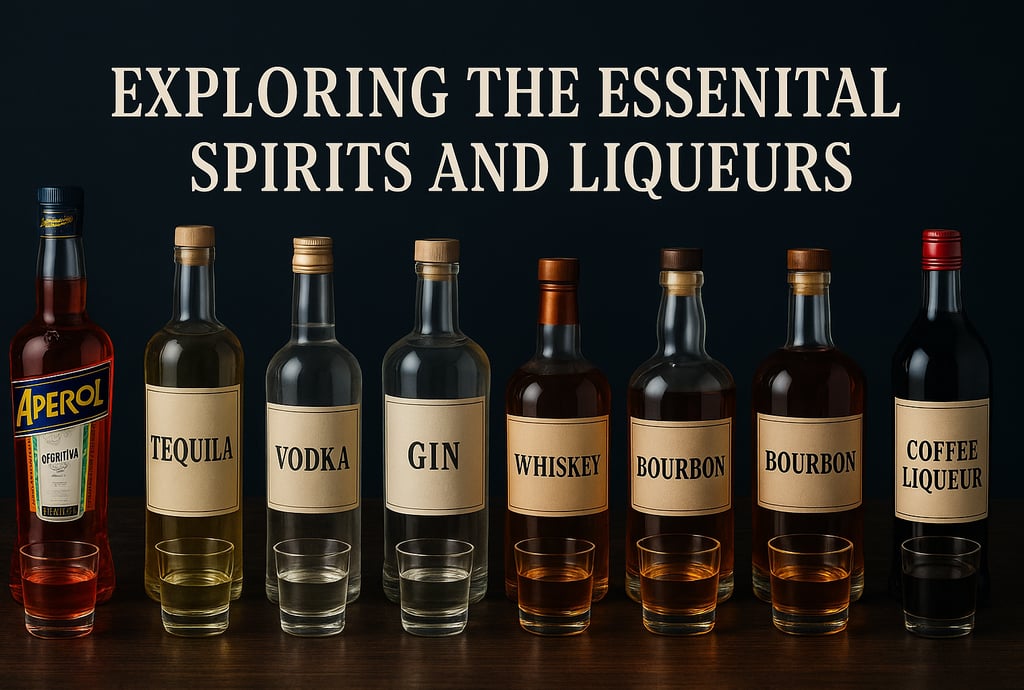

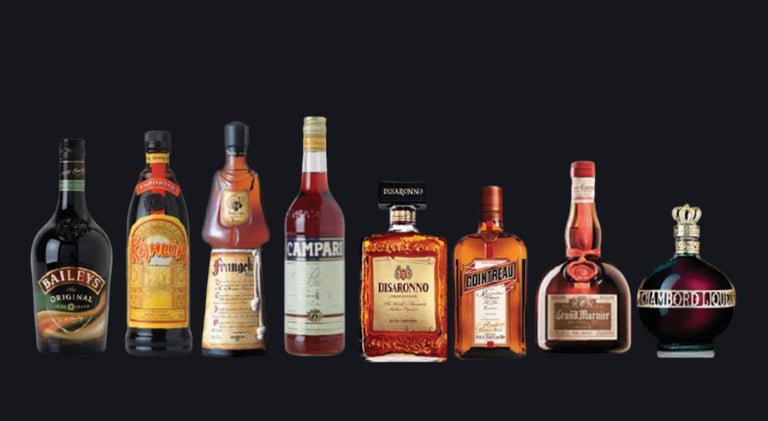

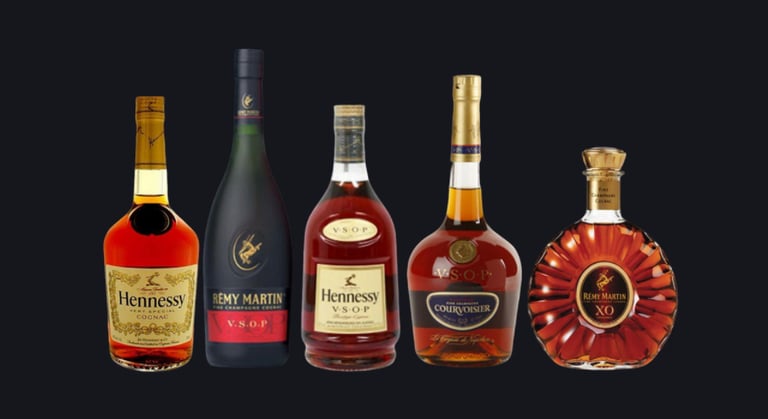


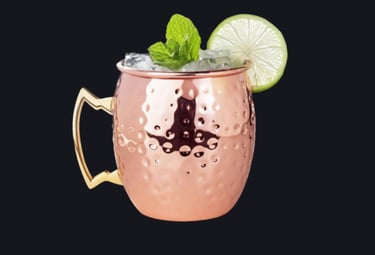

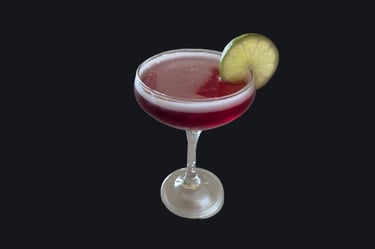
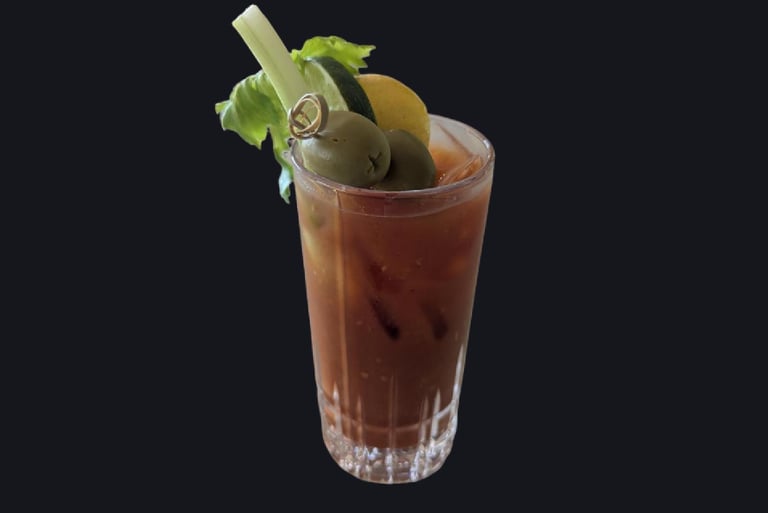

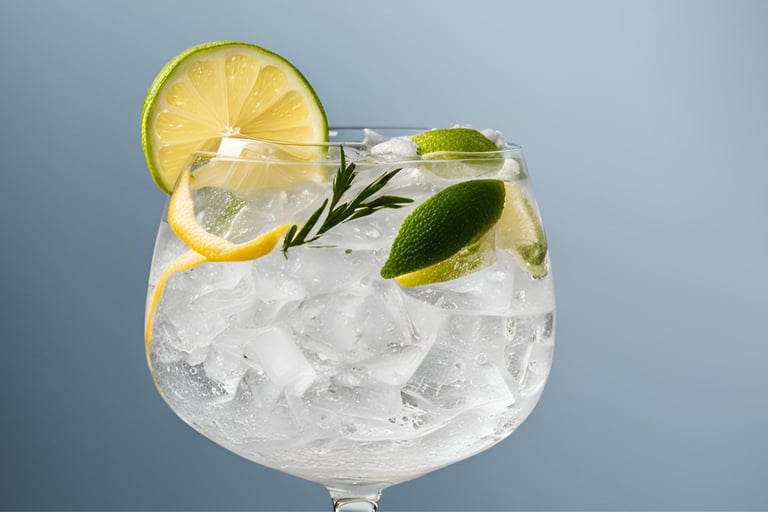



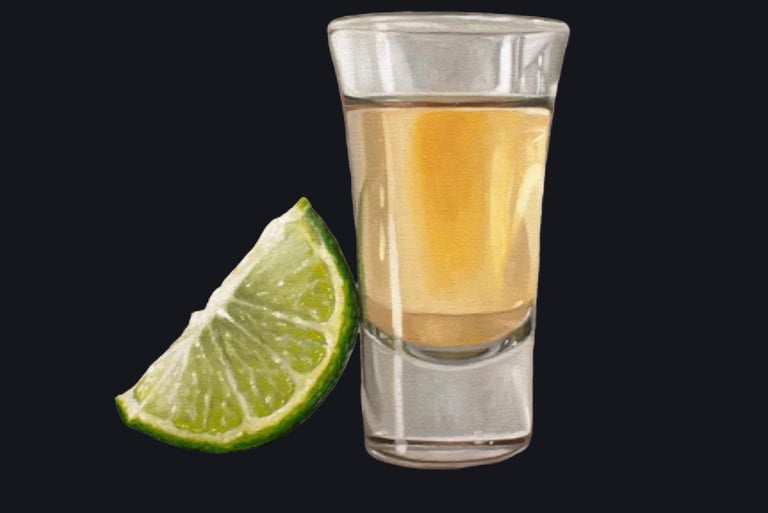

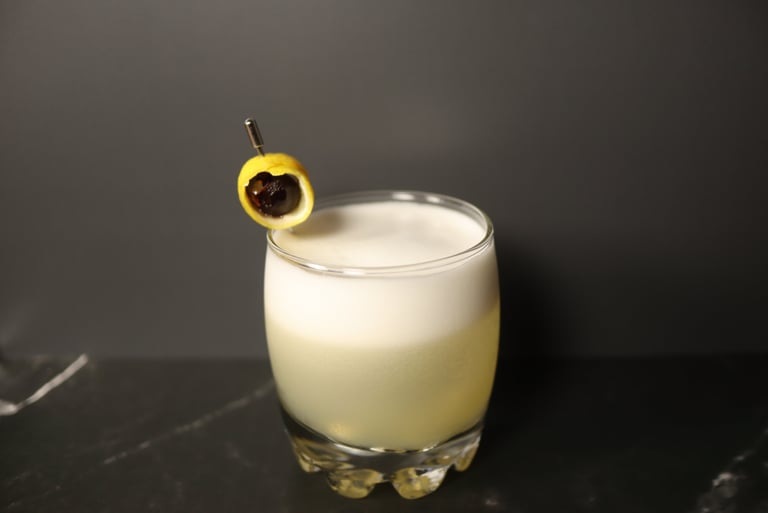



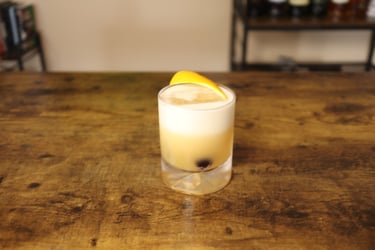

Enthusiasts
© 2024. All rights reserved.



